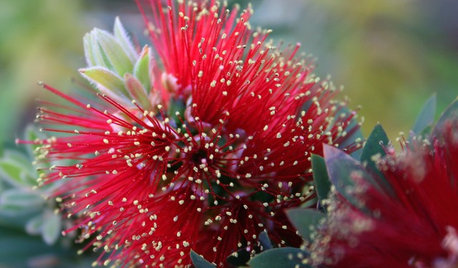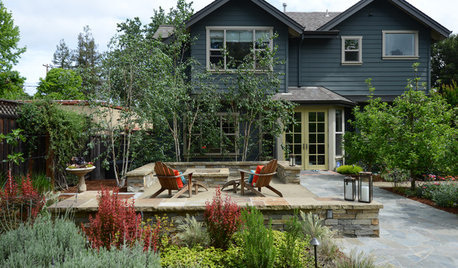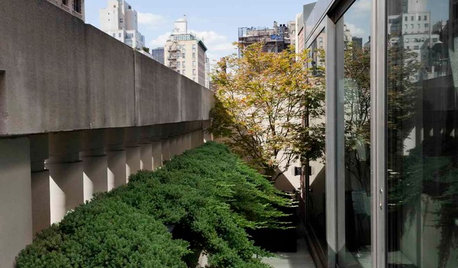My Experience With Dwarf Rhodies........
bud_wi
17 years ago
Related Stories

GARDENING GUIDESGreat Design Plant: Velvety Dwarf Bottlebrush Beckons a Touch
Brilliant red blooms and inviting textures will capture your heart, but the low maintenance and small size will win over your practical side
Full Story
ARCHITECTURETell a Story With Design for a More Meaningful Home
Go beyond a home's bones to find the narrative at its heart, for a more rewarding experience
Full Story
EVENTSSpring Tour: Landscape Designs for Living
Northern California yards in a spring garden tour show that landscape design is all about the experience
Full Story
MIDCENTURY HOMESMy Houzz: Two Decades Hone a Ju-Nel Home to Perfection
'Well-marinated' renovations turn a 1959 home in Dallas into a comfortable, open modernist wonder
Full Story
EDIBLE GARDENSHow to Grow 10 Favorite Fruit Trees at Home
Plant a mini orchard in fall, winter or early spring to enjoy fresh-off-the-tree fruit the following year
Full Story
EDIBLE GARDENSHow to Grow Your Own Peaches and Nectarines
Make gardening a little sweeter with these juicy fruits, which you can eat after plucking or preserve for later
Full Story
GARDENING GUIDESGreat Design Plant: Creeping Juniper Holds Its Ground
Add texture and evergreen interest to a layered garden with this low-maintenance, good-looking ground cover
Full Story
FRUIT TREESHow to Grow Your Own Persimmons
Sturdy and easy to care for, these trees offer bright fruit through winter — and keeping them in bounds is no sweat
Full Story
DECORATING GUIDESDivide and Conquer: How to Furnish a Long, Narrow Room
Learn decorating and layout tricks to create intimacy, distinguish areas and work with scale in an alley of a room
Full Story
MOST POPULARSummer Crops: How to Grow Sunflowers
Savor snack-tastic sunflower seeds once the radiant blooms have faded — if the birds have saved you any, that is
Full StorySponsored
Columbus Design-Build, Kitchen & Bath Remodeling, Historic Renovations






bud_wiOriginal Author
luis_pr
Related Professionals
Ilchester Landscape Architects & Landscape Designers · Garden City Landscape Architects & Landscape Designers · Gainesville Landscape Contractors · Bedford Heights Landscape Contractors · Berwyn Landscape Contractors · Cornelius Landscape Contractors · Del Aire Landscape Contractors · Englewood Landscape Contractors · Fort Wayne Landscape Contractors · Matteson Landscape Contractors · Methuen Landscape Contractors · Plantation Landscape Contractors · Ridgewood Landscape Contractors · Setauket-East Setauket Landscape Contractors · Maplewood Landscape Contractorsajer16
mainegrower
luis_pr
dee_can1
bud_wiOriginal Author
bud_wiOriginal Author
rhodyman